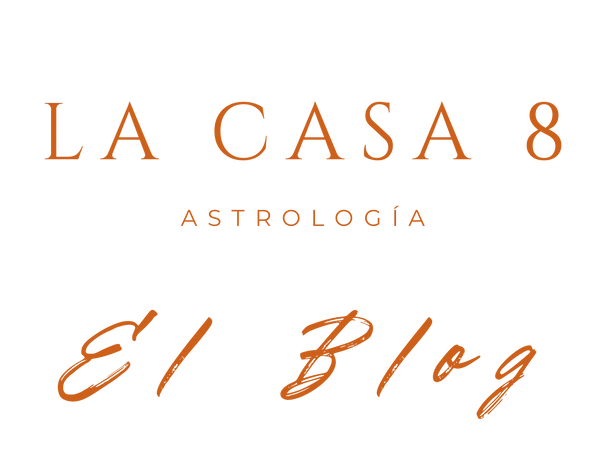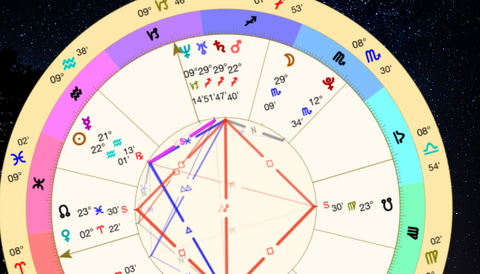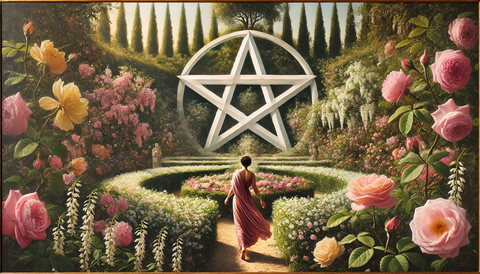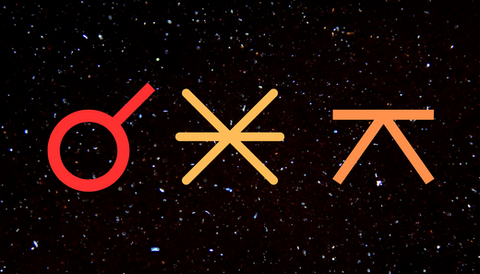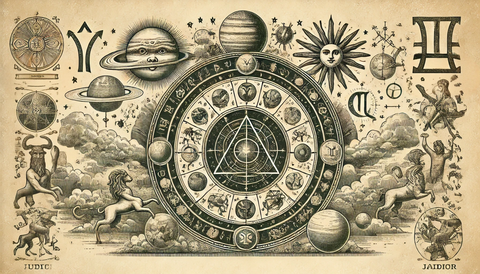
Learn to Read Synastry Like an Expert: First Steps
Synastry is one of the basics of relationship astrology, used to understand the dynamics between two people through the interaction of their birth charts. Whether you want to explore romantic compatibility, family relationships, or professional partnerships, synastry can offer deep insight into the connections and challenges between two individuals. In this guide, I'll teach you the first steps to interpreting a synastry with confidence and accuracy. Introduction to Synastry (you can calculate synastry for free here ) Synastry involves overlaying two birth charts to analyze how the planets and sensitive...
Create your account to read the full article.
